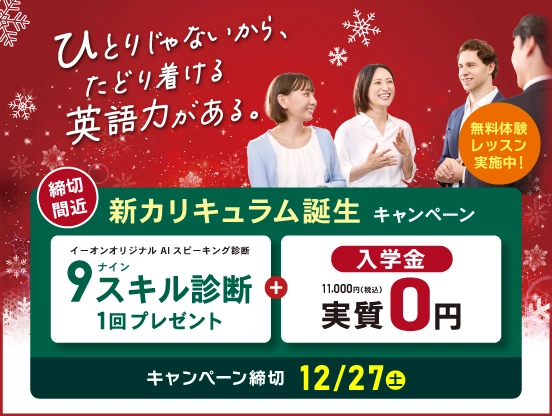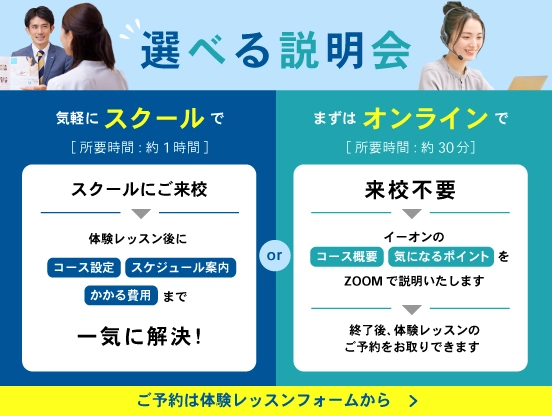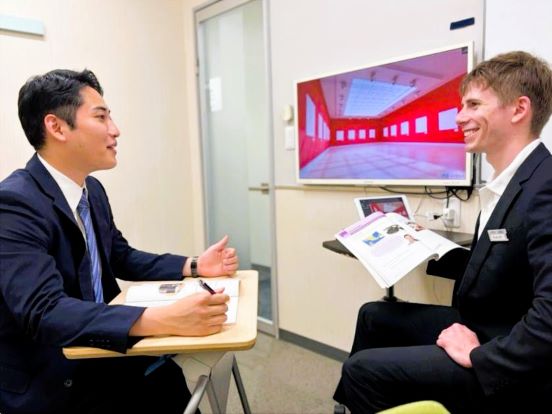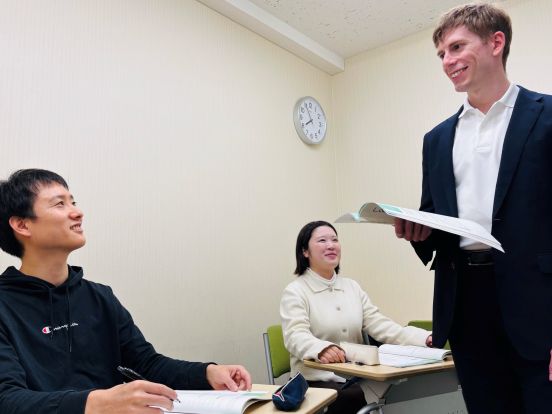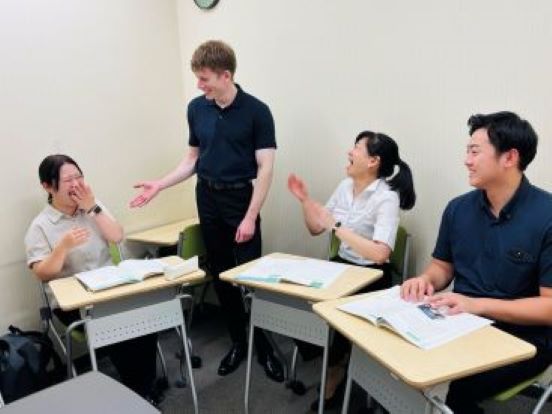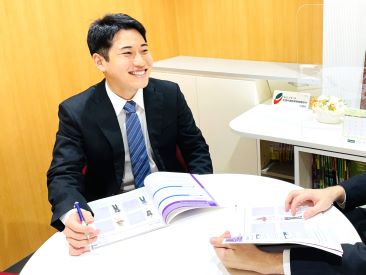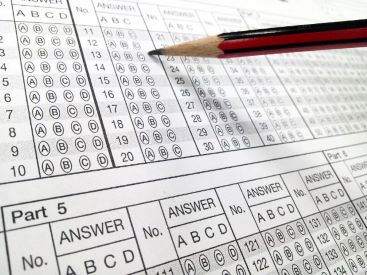いまならおトクなキャンペーン開催中
アクセス・開校時間
住所
〒169-0075 東京都新宿区高田馬場1-26-5 F・Iビル6階
アクセス(最寄り駅)
高田馬場駅早稲田口 F・Iビル6階(芳林堂書店上)
道順
1. JR高田馬場駅からは・・・早稲田口を出て右手に進む→駅前ロータリーを渡る→1階にドンキホーテが入ったビルがあります→そのビルの6階までエレベーターでお越しください。
2. 西武新宿線高田馬場駅からは・・・早稲田口を出て右手に進む→駅前ロータリーを渡る→右手前方にドンキホーテが入ったビルがあります→そのビルの6階までエレベーターでお越しください。
3. 東京メトロ東西線からは・・・5番出口の階段またはエレベーターで地上までのぼる→左手に角を曲がり、みずほ銀行のATMの前を通り過ぎる→1階にドンキホーテの入ったビルがあります。→そのビルの6階まで、エレベーターでお越しください。
2. 西武新宿線高田馬場駅からは・・・早稲田口を出て右手に進む→駅前ロータリーを渡る→右手前方にドンキホーテが入ったビルがあります→そのビルの6階までエレベーターでお越しください。
3. 東京メトロ東西線からは・・・5番出口の階段またはエレベーターで地上までのぼる→左手に角を曲がり、みずほ銀行のATMの前を通り過ぎる→1階にドンキホーテの入ったビルがあります。→そのビルの6階まで、エレベーターでお越しください。
開校時間
- 月
- 休校
- 火
- 12:00~21:00
- 水
- 12:00~21:00
- 木
- 12:00~21:00
- 金
- 12:00~21:00
- 土
- 10:00~19:00
- 日・祝
- 休校
- ※その他GW、夏期、年末年始も休校
教室風景
1分で予約可能。
レッスンやカウンセリングなどを体験できます!
イーオンが選ばれる理由
レッスン・授業料
-
POINT1教師は英語を
教えるプロ -
POINT2日本人のための
学習法 -
POINT3豊富な
学習サポート
教師
教師満足度97.2%
教えることに意欲と責任感を持ったプロフェッショナルな教師が、効果的な学習法で指導
教えることに意欲と責任感を持ったプロフェッショナルな教師が、効果的な学習法で指導
多様な経歴を持つイーオン教師陣の代表例
多様な経歴を持つイーオン教師陣の代表例
外国人教師
日本人教師
-
※掲載しているのは、イーオンに在籍する教師の一部です。実際に受講できる教師は、通学される教室によって異なります。
生徒様の声
続けることで、着実にレベルアップ!
目標に向かって前進できています。
無料体験レッスンご予約
お問い合わせ
-
1分で予約可能。レッスンやカウンセリングなどを体験できます!
-
インフォメーションセンターTEL:0800-111-111110:00-19:00(土・日・祝含む)※ フリーコール 通話料無料
-
※イーオン生徒様専用(スクール直通)TEL:03-3208-0773

